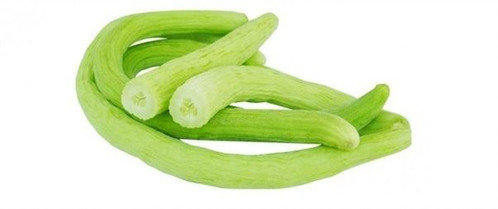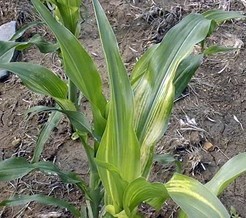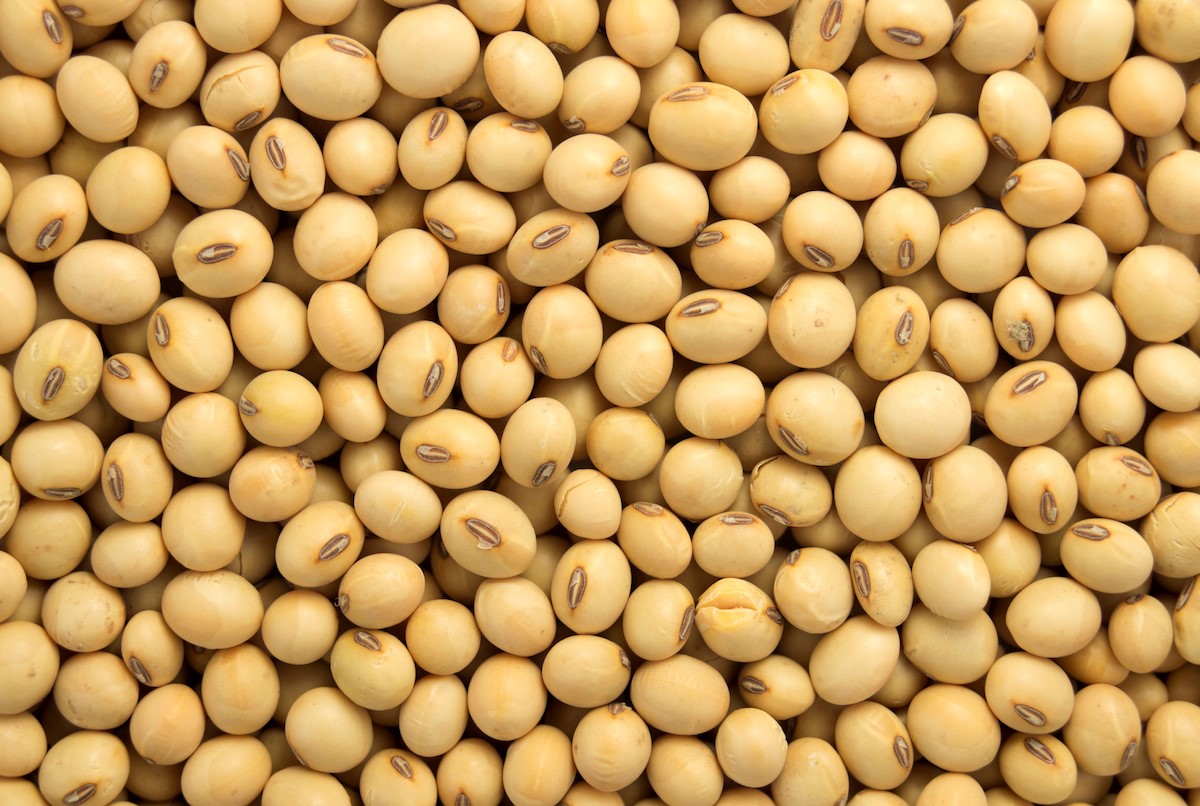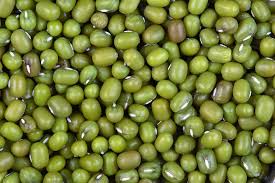- To take more yield, the quantity of balanced fertilizers should be used.
- Apply well rotten FYM @ 8-10 tonnes/acre in the field.
- At the time of sowing, Apply (urea @ 65 kg/acre + DAP @ 35 kg/acre + MOP @ 35 kg/acre + carbofuran @ 5 kg/acre from the basal dose.
- After 15-20 DAS, Apply Magnesium Sulphate @ 10 kg/acre + @ Zinc Sulphate + Giorhyizza @ 8 kg@ 10 kg/acre.
Like and share with other farmers by clicking on the button below
Share








